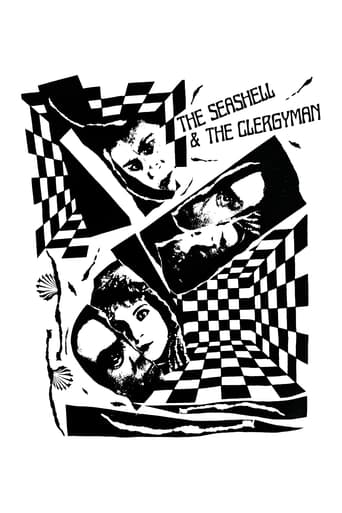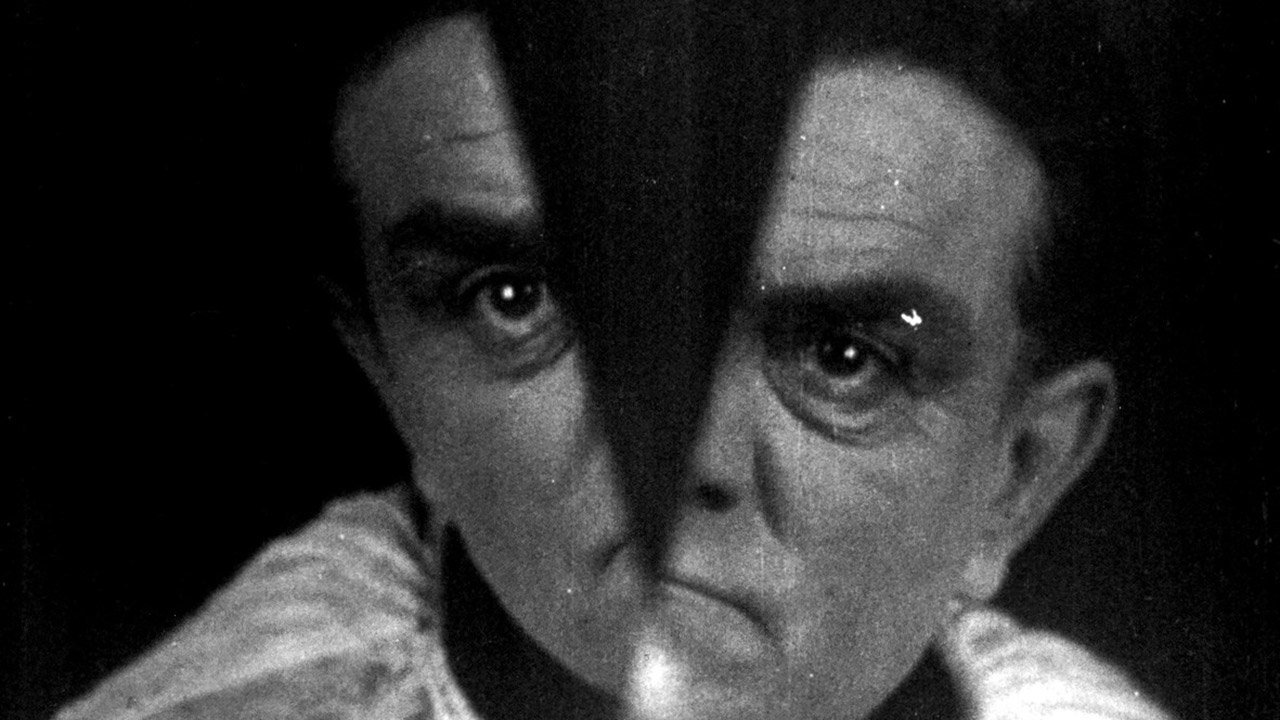Jithin K Mohan
A brilliant surreal film that was way beyond its time directed by a woman director. A commentary on church and the patriarchy without being afraid of anything, it's unbelievable that this is not as famous as some other surreal works of the time. The director, being a woman have had a lot of repercussions and that would be an extra reason for it to be celebrated now.
Perception_de_Ambiguity
It is maybe the most accurate depiction of dreams as I experience them that I have seen on film. It gets things right like the gradual construction of images when for example a building keeps changing shape (through dissolves between different buildings that were photographed similarly) before it finds its "final" shape (nothing is final in dreams), or an empty sea becomes a sea with a pier and a ship in it, or the other way around people, for example, dissolve into thin air while the surroundings stay the same. There is an inexplicable obsession with certain objects, but those objects aren't just part of some symbolic decoration without function, they are handled personally by the dreamer (the clergyman), almost as if objects that the dreamer doesn't touch also don't exist.The dreamer goes through repetitive tasks like opening a door to walk trough a corridor to open a door to walk through a corridor to open...until new images are found to progress the dream. The clergyman is always driven. Even when it looks like he might be in charge of the moment his behavior feels compulsive, like filling one glass after another with a liquid and then letting the glass shatter on the floor again and again like on a loop. None of the other characters quite seem to have an own will either but the clergyman especially kind of seems like he is hypnotized throughout it.There's also a lot of running here. Running away from something becomes a chasing after something. We see the person that the dreamer chases after but when we see the dreamer there is nobody in front of him. The person is still there and the chase continues, the person just isn't necessarily always visible, that the person's presence is felt is the real confirmation of the person being there.We have our clergyman crawling towards an exit, in the next shot he crawls through the streets of Paris, then it cuts to some shots of the road obviously taken from a driving car, then a shot of him crawling around a corner, back to a shot of the road, then he runs around a corner, then another corner, and another,...A rewatch confirmed that there is no film like it. Also that it makes no sense and that for me it doesn't say anything. Usually I wouldn't care all that much for such a film, yet I found it not just compelling but it's maybe also the first time that I'd call a film hypnotic. So here I am with this film feeling that for me it warrants not just a good score but full marks.Despite the lack of sense and meaning and also the fact that you can never predict what shot you might see next, there is no confusion whatsoever in it. There are no scenes in the conventional sense, nor a story per se, just a constant flow of images with an intuitive progression that I always found very easy to follow. The definition of dream logic? I think so.Like in a dream there are objects and actions that can be read as symbolic in retrospect in an attempt to make sense of it, but unlike so many other dream-like films nothing here feels symbolic. As far as I can tell it doesn't want you to figure out what it means or if it means anything at all. Nor do I think does it try to provoke, shock or amuse. According to the documentary about "The Seashell", called "Surimpressions", it is less concerned with the representation of a dream than with the "construction of its mental space-time, made of images of the world, in the world, transformed by the resources of cinema". Works for me.The avant-garde "score for twelve instruments" of the 2005 Arte restoration (41 minutes in length) by a certain Iris ter Schiphorst, fits the film superbly. To quote NRC Handelsblad, 7 April 2005: "The music of the Dutch/German composer Iris ter Schiphorst related to the film quite naturally... a genuine unity of image and music. Sometimes it follows the associations very precisely, sometimes it takes its own path. Ter Schiphorst manages to elicit a very individual sound from the instruments: thin and unreal." "The Seashell" has a lot of varied camera tricks and optical effects but in most avant-garde films it feels like the trick came first, function follows form. Here, without anything making any logical sense, the trickery still feels like a means to an end, an end that is more than just delivering original and beautiful images. That the score isn't exactly comfortable and just as unpredictable as the images yet doesn't upstage them perhaps speaks for their strength.
Polaris_DiB
Wow, that was some serious repression that clergyman was wrestling with! Narratively speaking, this movie isn't really all that clear (or meant to be), but basically, a general and a clergyman get in this fight (it seems like the general starts it), and the clergyman, cowed, follows the general on his hands and feet until he observes the general talking up his girlfriend. At that point the movie spirals into insanity as the clergyman violently and desperately wrestles over his inflamed sexual attraction and his combined guilt and jealousy over the other man.Decadence is taken on too as the clergyman mentally transitions from place to place and is horrified by the actions and glamour of those that surround him. One particularly good sequence involves the clergyman's coattails as they grow and grow, dragging him down and holding him back from the object of his desire.Another thing worth noting is the visual effects in this movie. Mental and emotional space is created via the well-established techniques of double-exposure, dissolves, irises, pull-focus, split-screen effects, and so on, all done before but never quite like in this movie.--PolarisDiB
bcurran05
Germaine Dulac was not really making a film which was ahead of it's time. surrealism was being used throughout the film makers of Europe and even being experimented with by those in the united states during this time period. Those that have studied that time period will agree that there was a lot of drug use back then and a lot of the directors were doing experimentation along these lines. Personally i don't believe that Germaine Dulac was using drugs but she was really interested in the surrealistic approach to film making.I have watched this short several times and am still having a difficult time getting my head around what is going on, i cannot decide if the priest is suppose to be having a dream or on some kind of drugs or what, or if she made the film just in truest sense of the surrealistic tone of this movie to make the viewer question and wonder about it.We may never know.


 AD
AD


